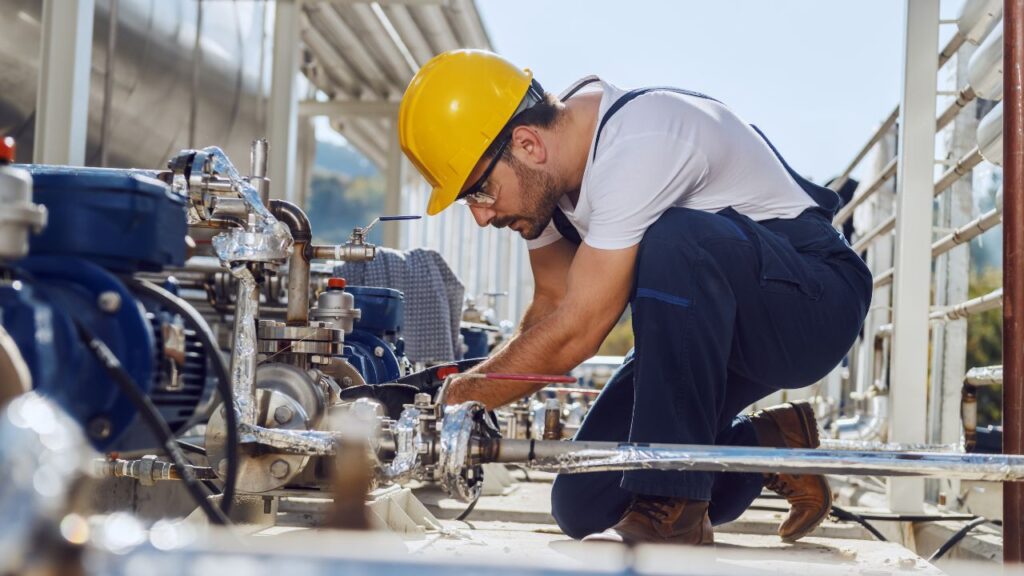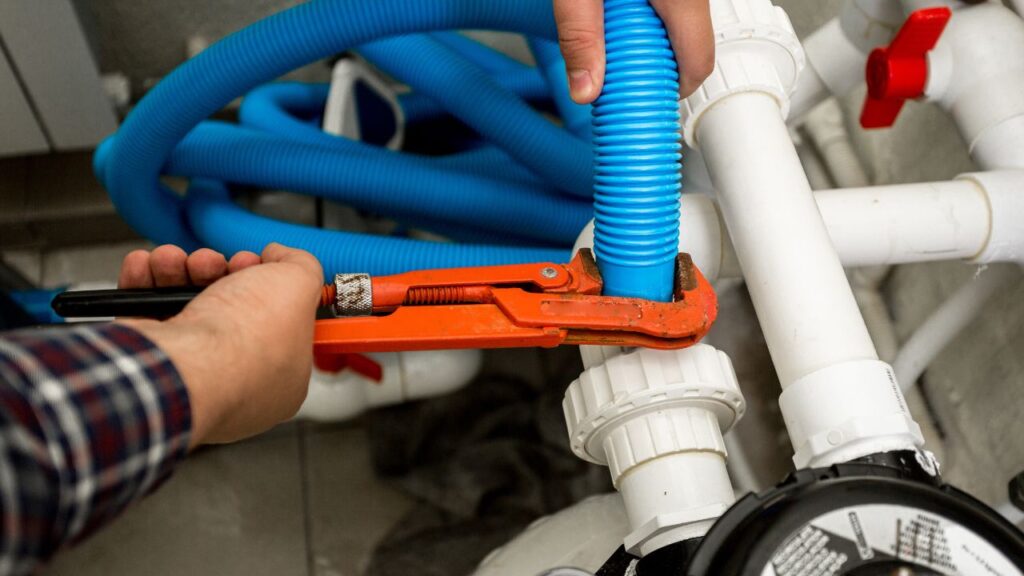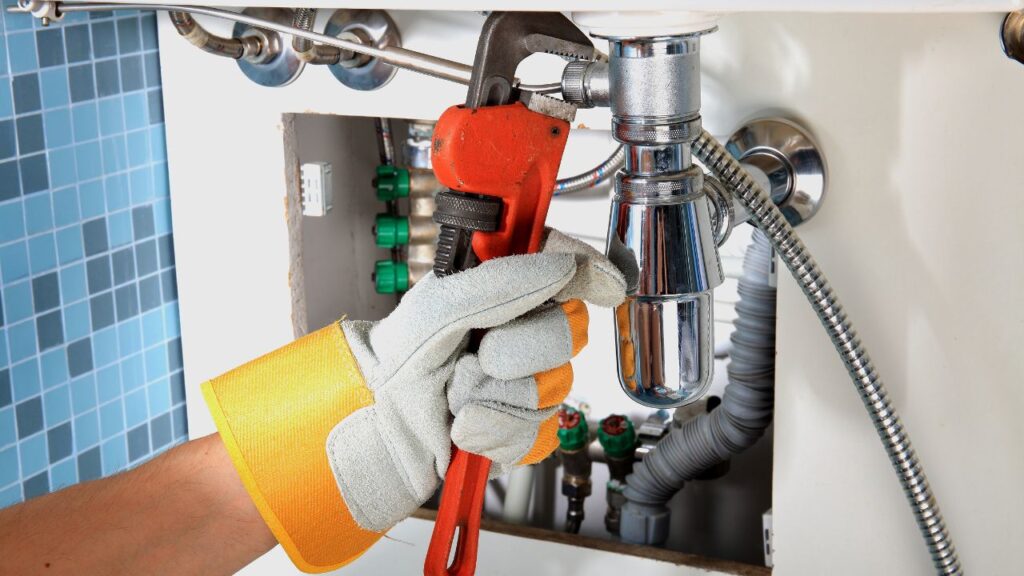Plumbing Installation Cost
The costs associated with rough-in plumbing for a newly built 2,000 square foot home with 2 or 3 bathrooms typically fall between $10,000 and $15,000. Installing new fixtures, including items like bathtubs, sinks, dishwashers, and toilets, can be expected to range from $550 to $2,100 per fixture or approximately $5,000 for the entire set.








